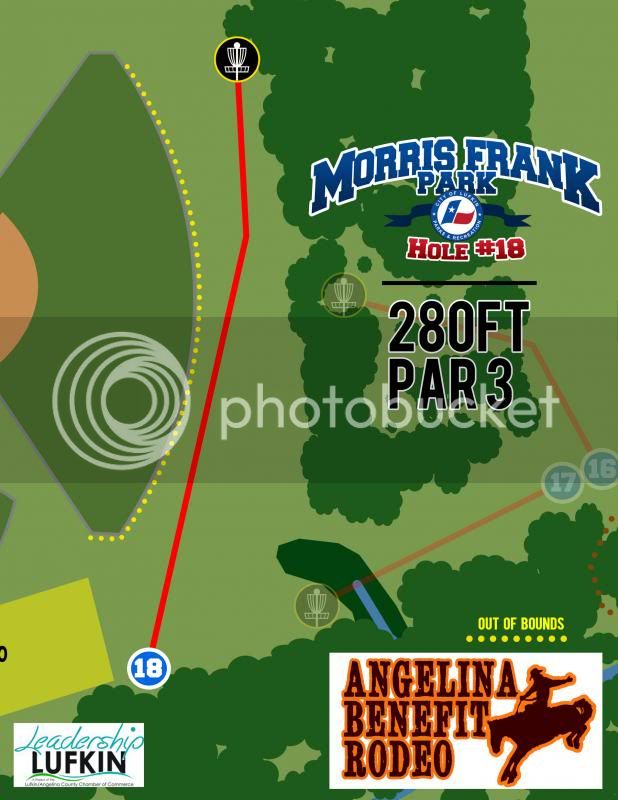CTRobuck
Birdie Member
So I have had the amazing opportunity to work with my city to design our first true 18 hole disc golf course. I have had a couple people question a rule that we have put into place since we are building this course on the same land that the city has baseball fields on. Also, the High School which is the big money here in my rather small East Texas town has their baseball field on this land.
So here is my question. As we partnered with the city, their one concern was discs flying onto the baseball fields while games were going on. By design I worked hard to aim teepads aways from field, however, there are a couple holes where baseball fields could come into play. We told the city to help limit the discs that could make it on the fields we are establishing a rule that any disc that is thrown over the field is ob at the point where it crosses the fence line. Of course if the disc lands on the field it is ob.
What are your thoughts on this? Foot faults are similar in that you break a vertical plane and it is a card call. This rule isn't to penalize big arms, but to keep people from INTENTIONALLY throwing over fields.
Feedback Welcome!!! Constructive feedback that is.....
So here is my question. As we partnered with the city, their one concern was discs flying onto the baseball fields while games were going on. By design I worked hard to aim teepads aways from field, however, there are a couple holes where baseball fields could come into play. We told the city to help limit the discs that could make it on the fields we are establishing a rule that any disc that is thrown over the field is ob at the point where it crosses the fence line. Of course if the disc lands on the field it is ob.
What are your thoughts on this? Foot faults are similar in that you break a vertical plane and it is a card call. This rule isn't to penalize big arms, but to keep people from INTENTIONALLY throwing over fields.
Feedback Welcome!!! Constructive feedback that is.....

